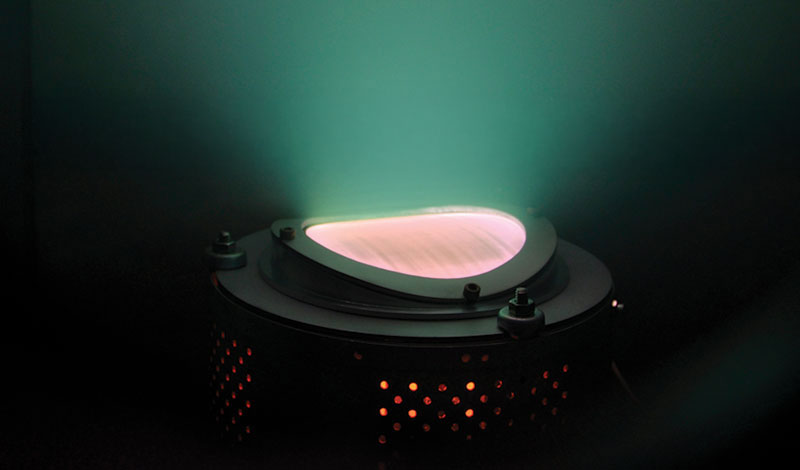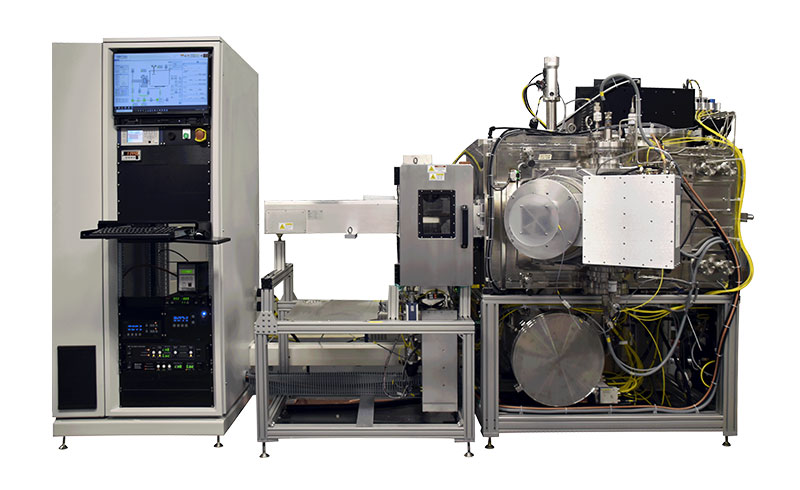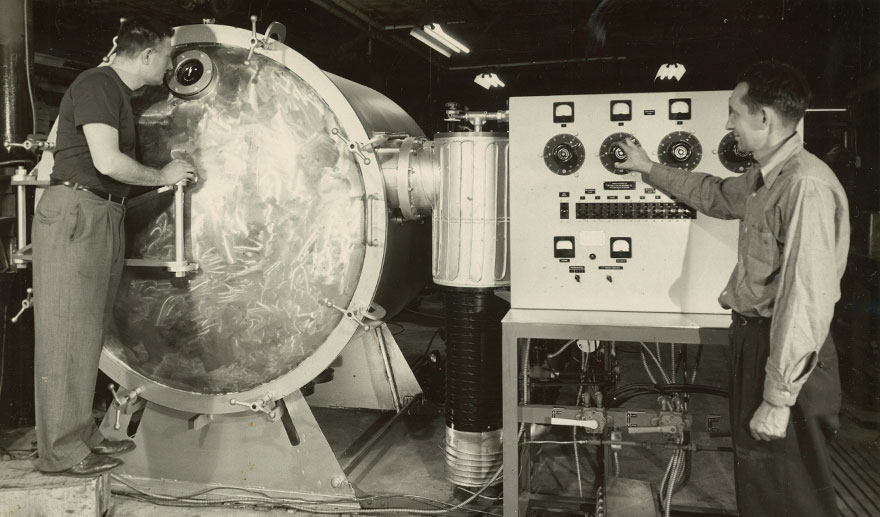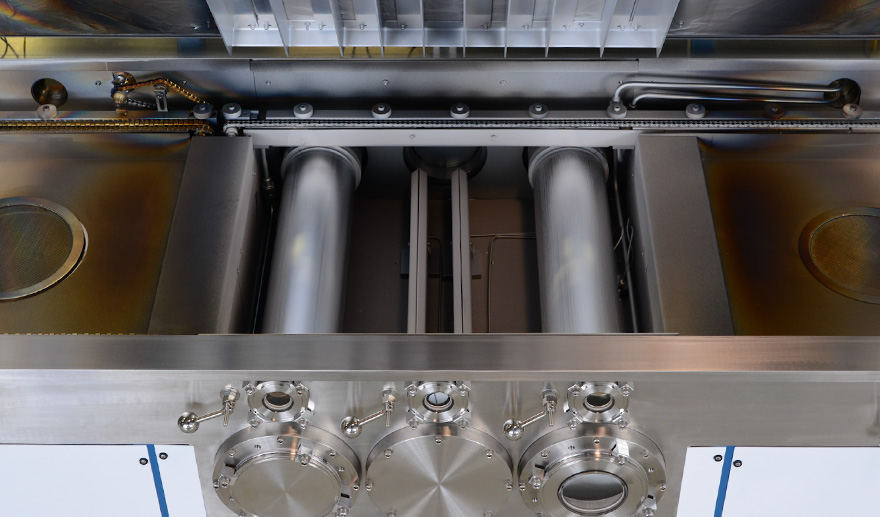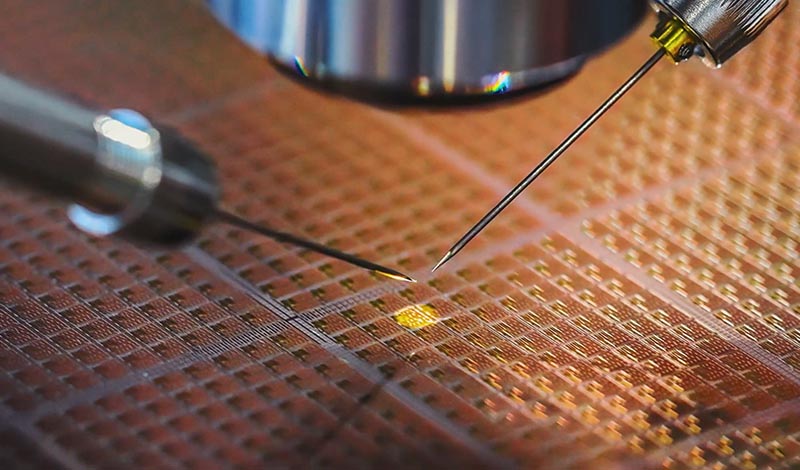

Advanced Materials for Next-Generation Optoelectronics
Posted on
As the push for smarter, faster, and more energy-efficient optoelectronic devices intensifies, the role of innovative materials becomes increasingly important. From atomically thin graphene to multifunctional tandem structures, these advanced thin films are enabling breakthroughs in displays, photovoltaics, imaging, sensing and a host of other applications. This article explores some of the most promising materials… Read More
